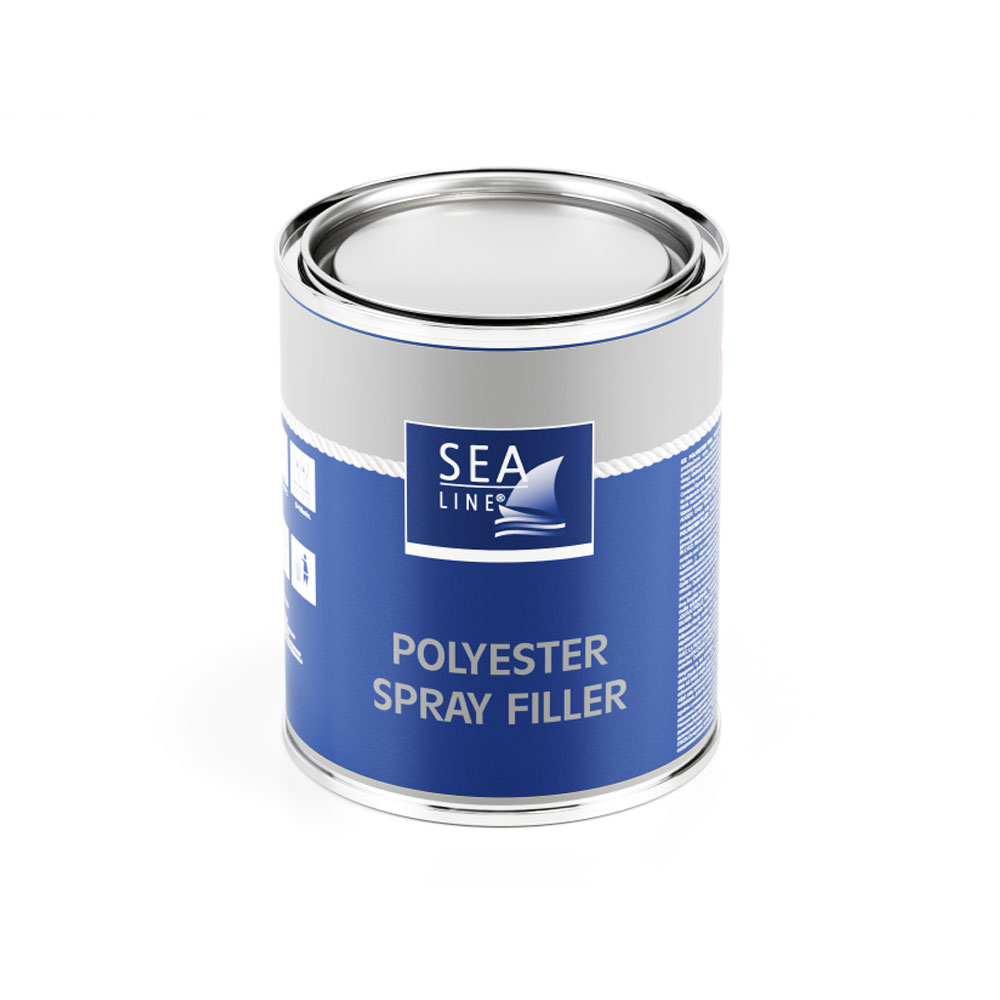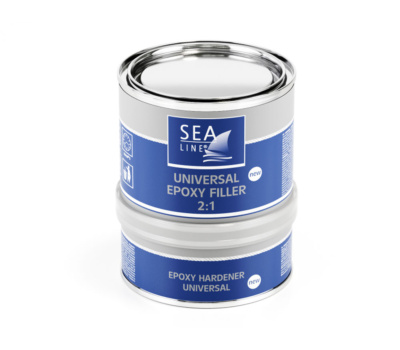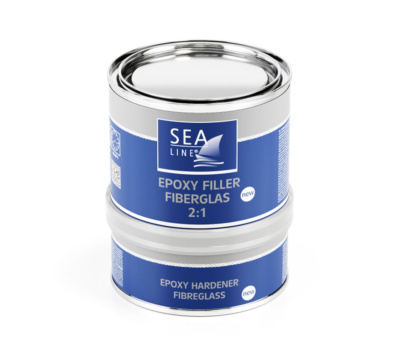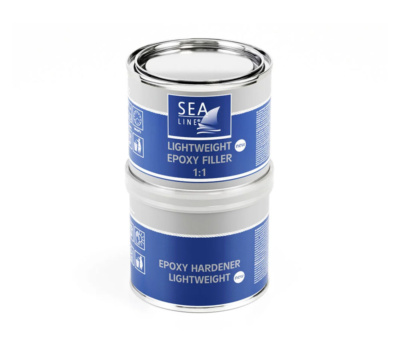Yacht-grade, spray polyester filler is recommended as a priming and finishing layer for use especially on large surfaces.
Spray filling provides a perfectly smooth surface effect because the filler is applied perfectly. In summary, the main advantages of spray polyester filler include efficiency, effectiveness, time savings, quick drying, and a favorable price.
| Weight | Code |
|---|---|
| 1 kg | 9071 |
| 10 kg | 7504 |
| 25 kg | 1192 |

| Type | GRP laminates, wood, steel, aluminum |
| Place | Above waterline |
| Function | Large surfaces |
| Application | Spray gun |
| Thinning | YES – 0-10% |
| Pot file 20°C | 20 min |
| Hardening time 20°C | 3 h |

Epoxy fillers are primarily the only fillers recommended for use on hull components constantly immersed

Epoxy fillers, including fiberglass filler, are primarily the only fillers truly recommended for use both

Recommended for large areas due to low own weight
We do not recommend using universal thinners. The use of a thinner with an unknown composition may result in loss of adhesion, lack of proper flow of paint and varnish defects.
If the scratches are not deep, then we can renew the scratched side by polishing with Sea-Line polishing pastes. Above the waterline, when the scratches are not deep, the surface can be repaired with a DRY FAST gel coat filler. Deep scratches should be filled with epoxy filler (selected depending on the requirements of the scratched surface), painted with a primer and then painted with topcoat.